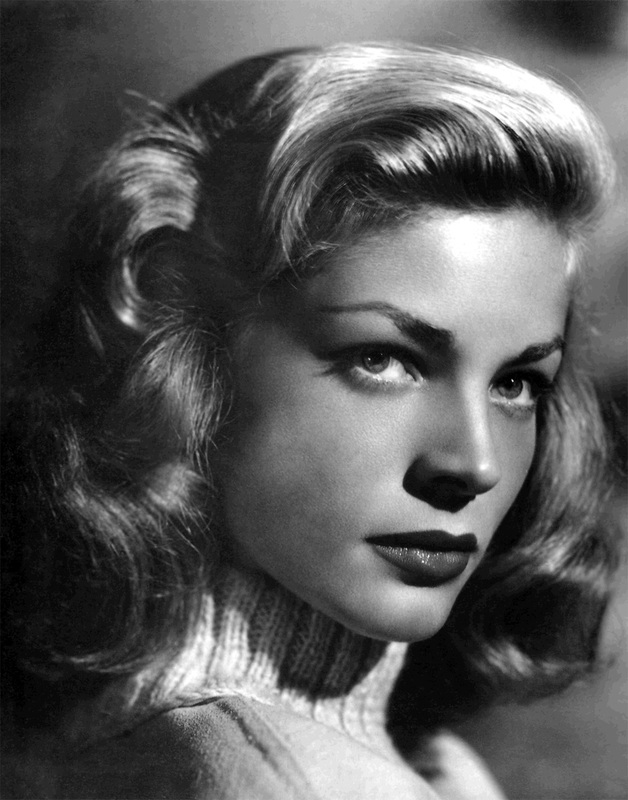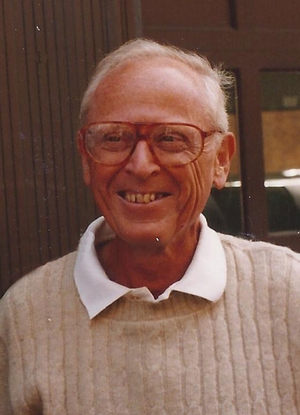|
Ray Robinson isn’t sure if Lauren Bacall called him a cheap bastard or cheap SOB. In fact, she may have called him both.
That was in 1941, when they were thrown together for a few hours in Sardi’s, with Robinson unaware that he and his pal had become the de facto hosts of an impromptu party. Robinson, now 93, has survived the vilification by the gorgeous and opinionated young woman to become a magazine editor and author of many books, including celebrated biographies of Lou Gehrig and Christy Mathewson, as well as a charming little book entitled Famous Last Words, which is just what the title says. Bacall’s words became famous to Ray Robinson. She was 17, an aspiring actress and model from the West Side then known as Betty Perske; he was just graduating from Columbia. His pal Ed Gottlieb knew the young woman, and the three of them were out together, and she suggested they drop into Sardi’s. Some of her friends came over, and drinks were ordered, with Ms. Perske assuming her two gallant squires were good for it. Robinson and Gottlieb did what any two broke young men would do. They simultaneously headed for the men’s room to discuss how they were going to pay the tab. “Ten bucks or so,” Robinson recalls. “That was a lot of money in those days.” To avoid washing dishes, their stratagem was to ask Ms. Perske to sign an IOU to Sardi’s since (a) she was gorgeous, and (b) she knew somebody in the Sardi family. When they apprised her of the situation, she let loose some vocabulary that presumably Humphrey Bogart and Hollywood directors and critics would later hear. But she did sign something and they were free to go. “We got outside and she said, ‘All right, who’s going to call me a cab so I can get home?’ We said, well, if we couldn’t afford the bill at Sardi’s, how could we afford a taxi?” It was then that Ms. Perske uttered sneering last words to Robinson: “I should have known better than to go out with a couple of blankety-blank college students.” “She just walked away into the night,” Robinson recalled. He did see her again in 1945 when she was the bombshell star of her first movie, “To Have and Have Not.” He and Gottlieb were back home from the military and put on their uniforms and talked their way into a press party at the Gotham Hotel. (Robinson remembers stuff like that.) She greeted Gottlieb, whom she had dated, and moved on, politely. Robinson has been telling the story ever since, as one of my very favorite lunch companions, discussing baseball or books or politics. He and his lovely wife Phyllis, a longtime editor at the Book-of-the-Month Club, have been living near Gracie Mansion while Bacall nested in the Dakota, until her passing last week at 89. Given the twin nationhood of East Side and West Side, he and Bacall never met again.
Altenir Silva
8/16/2014 05:13:43 pm
Dear George,
George Vecsey
8/17/2014 12:50:32 am
Dear Altenir: Since you have made movies, with overlapping story lines, I treasure your praise even more. Muito obrigado. G 8/17/2014 09:46:01 am
Altenir is correct; you are a wonderful story teller. Ray Robinson’s encounter with Lauren Bacall brought back many memories of my youthful encounters with the opposite sex while dating in the NYC area, mostly painful ones.
George Vecsey
8/18/2014 03:20:21 am
Alan, I was in touch with Bob Sheppard as he approached 99...and Bill Mazer used to call and schmooze....They knew so much.
Ed Martin
8/17/2014 01:06:22 pm
Peggy and I had the good fortune to meet Lauren Bacall one evening, with a more comfortable conversation. The setting was a nice restaurant in NYC after a preview of "My Left Foot" with Daniel Day Lewis, who played a man with Cerebral Palsy. (brilliantly). Jean Kennedy Smith, who originated a program called Very Special Arts, for artists with disabilities invited the guests. Ms. Bacall was there, circa 1985 as I recall, and exchanged gracious hellos, etc. Peggy mentioned to Mr. Lewis that she and I had worked with youngsters with cerebral palsy and thought his portrayal was wonderfully accurate. He expressed great pleasure and kindly commented on her choice of vocation, helping people. Not, I am afraid, as much fun as Ray Robinson's wonderful story, but is was our brush with this glamourous lady, to say nothing about Daniel Day Lewis. 8/17/2014 03:48:55 pm
Ed
George Vecsey
8/18/2014 03:26:27 am
Ed, in your good work at the Viscardi Center, you met some terrific people.....I saw JK Smith when Musial got his presidential medal a few years back. What a gracious lady. Glad you saw Bacall the same way.
Brian Savin
8/19/2014 02:21:29 pm
Robinson and Gottlieb are lucky to have you as life's recording secretary.
George Vecsey
8/20/2014 03:31:18 am
Brian, thanks. Gottlieb is long gone, I am told, but Robinson is a regular presence in my life....the people he has met as editor and writer....Best, GV 11/1/2014 05:25:14 am
this is nice post and i have long time no read about that topic Comments are closed.
|
Categories
All
|











